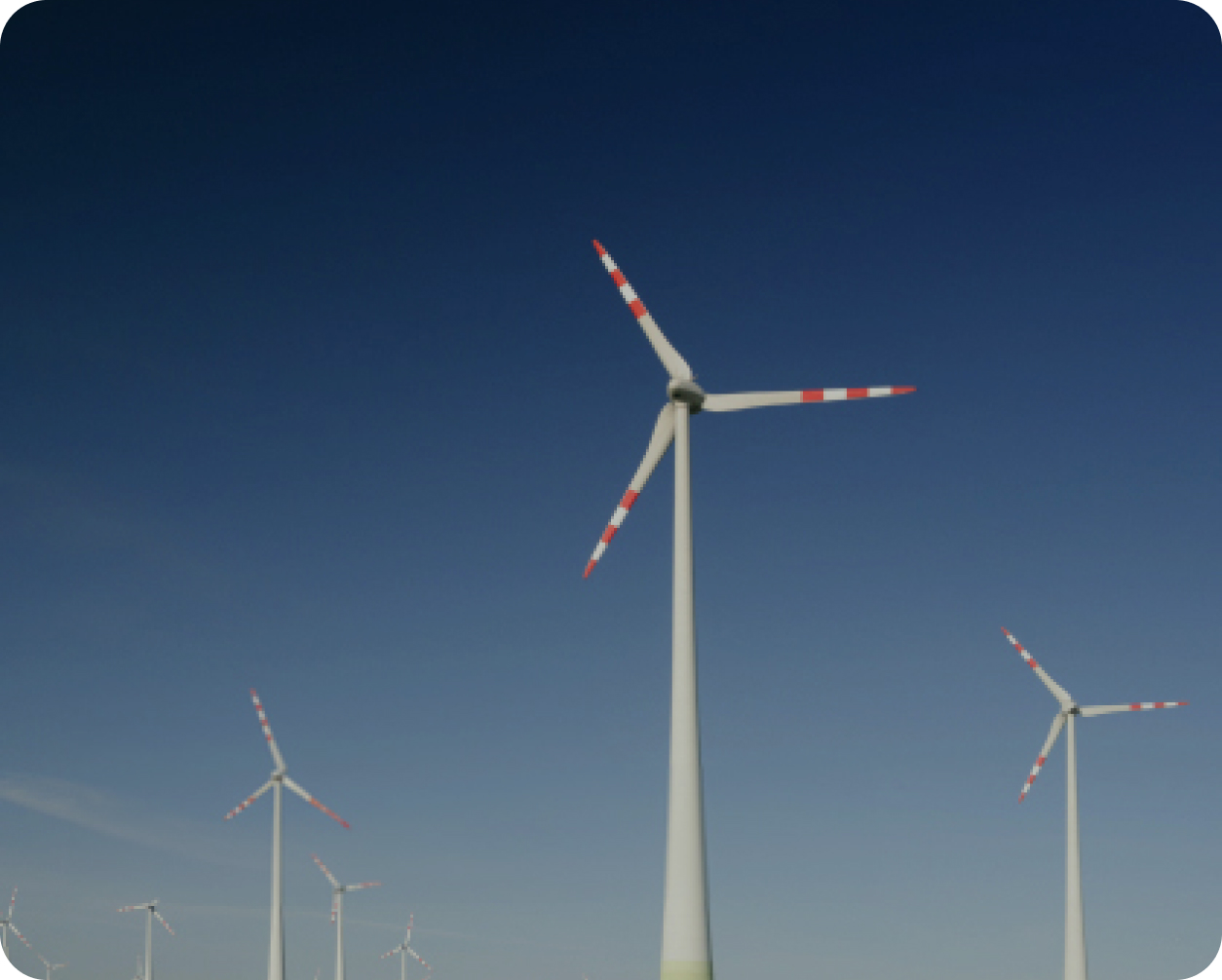- ~12%
- Road transportation represents ~12% of all anthropogenic GHG on a CO2-equivalent basis.
Emissions
Global greenhouse gas emissions – share of total (2019).
Background
The global market for electric vehicles has experienced significant growth in recent years.
- Growth
- in global EV market.
Increasing awareness of climate change, advancements in battery technology, government incentives, and falling costs have contributed to the rapid adoption of EVs.
- Rapid Adoption
- through awareness, advancement, incentives, and falling costs.
Source: Climate Watch; Our Word in Data; IEA
Current State
In 2022, ~14% of all cars sold globally were electric, with continued momentum going into 2023. This penetration is up from ~5% of new cars sold in 2020.
Government subsidies have supported sales over the past several years.
Despite increasing penetration as a share of new vehicle sales, EVs will take time to constitute a significant share of vehicles on the road as the existing fleet turns over gradually.
Solution Details
 Back to the solutions
Back to the solutions

